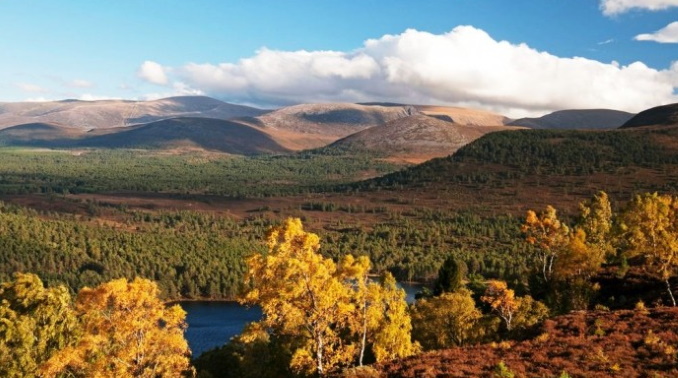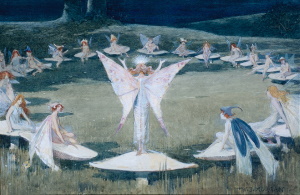
Cairngorms National Park (Scottish Gaelic: Pàirc Nàiseanta a' Mhonaidh Ruaidh) is a national park in northeast Scotland and covers the Cairngorms range of mountains, and surrounding hills. It is an area of outstanding natural beauty with mountains, forest paths, rivers, lochs and locations known for their abundance of wildlife. It is also, along with the rest of Scotland and indeed other parts of the Celtic world, rich in folklore.

Celts had and continue to hold a great respect for the environment. Reflected in the folklore and mythology often attached to particular geographic locations. Celtic beliefs perceived the presence of the supernatural in every mountain, river, coastal feature, spring, loch, marsh, tree and rock formation. Within this tradition there is a strong link to animism and shapeshifting in Celtic mythology. There are also many stories about the little people and fairies. A belief, still widely held in some places, that humans and other creatures share their land with mystical non-human entities, rarely seen, but through custom treated with caution and respect. Not least because the little people are not always viewed as benevolent and can be quite sinister and dangerous.